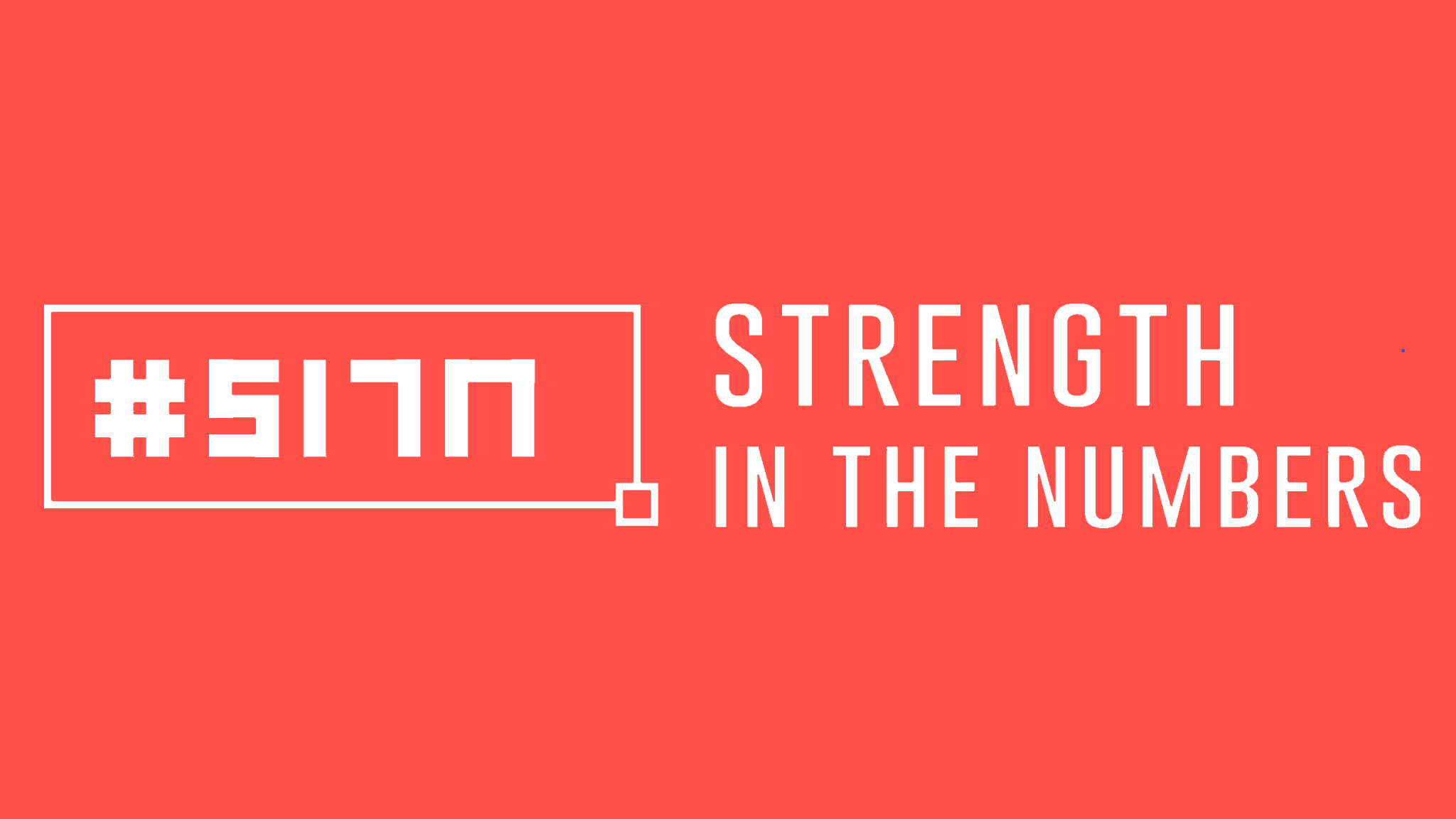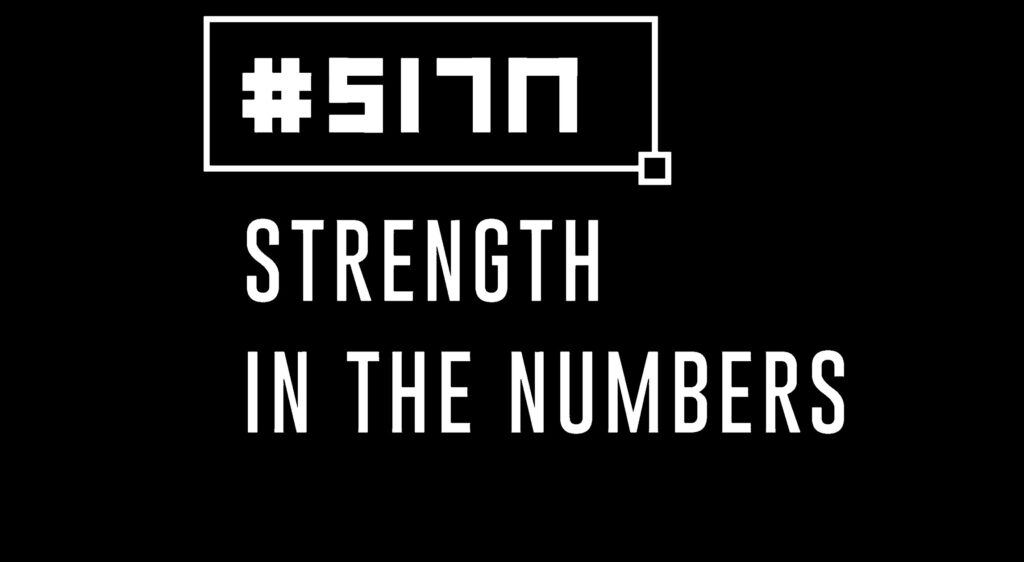According to a recent Microsoft Trends Index hybrid work is here to stay, and even though talent is now everywhere and productivity is higher, there is more exhaustion so how can finance professionals ensure that teams they’re part of continue to be higher performing?
In this bite-sized episode we share with you four areas to consider to build high performing teams in this hybrid world to ensure you do more of the right things more often.
#FinanceMentor
#SITN
[00:00:00] Andrew: Hi everyone. And welcome to this. Week’s Monday memo. Hope you’ve been enjoying listening to strengthen the numbers. Show us.
[00:00:05] It was great to see the response this week and thanks for your messages and listing, and really appreciated it really enjoying being back sharing the latest trends. And what’s going on in the finance communities with you all and a topic that’s been resonating with a lot of people, and I’ve been doing a good bit of research on this.
[00:00:26] How do we, as finance professionals manage now working in this hybrid environment, the teams we’re in. So for example, whether someone is completely remote working from home five days a week, or as they say, it’s an hybrid approach where they’re in the office a few days and maybe work from home others. And there’s other people who are actually full-time in the office.
[00:00:48] Whether that’s out of choices, cause it’s there, the role demands it, but I believe this trend is just not going away. It’s something that’s going to stay with us. There was a really interesting analysis done by Microsoft. They called it their trends index from probably a few months ago actually.
[00:01:06] And what they were saying was that yes, this flexible working is here to stay. There’s looks like anywhere initially that there’s higher productivity from it, but the people engage in this flexible approach are experiencing in some exhaustion, which then has some wellbeing impacts, but a major advantage for those of you listening in today is that talent now is everywhere in a hybrid world.
[00:01:32] That was a third point From the trends index. And I have to agree with it and leading teams as well, being able to hire people across the world has really opened things up. But the challenge for all of us, whether it’s as a leader of a finance team, whether it’s as a business partner, having our stakeholders and the people we work with.
[00:01:57] And working in this hybrid manner where they’re not necessarily at an office, they could be at home it’s just more than likely we’re not all going to be in the same meeting room or in the same office or building going forward. And that’s okay because you can still build high performance.
[00:02:14] Around that. And I was looking to say, well, what are the sort of key takeaways we should have from this Monday memo today? And I still think it’s based around the core principles of high performing teams. So, there’s four elements involved in high-performing teams. C said they would be called the first one, flexibility.
[00:02:35] A lot of surveys don’t abound this hybrid work seem to be putting the preference of team members and employees for this hybrid where working at around 80 to 90% preference. Right. And if you were to break it down further, you’re probably looking at about maybe 30% of people saying yeah. They want to be home full time.
[00:02:57] Then you’ve got probably 50 to 60% of people saying they’re more than happy to come into the office or our work environment for one or more days a week. And then you’ve got maybe 10 to 15% give or take of people who would actually prefer to be in the office. Full-time so high-performing teams nowadays.
[00:03:20] The preference, there is a flexibility. I think we’ve all heard of adaptability. So I think that a lot of us, or resonates for us is having that adaptability and flexibility and high-performing teams. The second point, which probably comes more to the fore now is equity. Is making sure, I mean, we should have always been doing this, but empowering our team members to have the tools available, the training, the technology available to be successful.
[00:03:50] Maybe we need to look at our operating environment or operating system a bit more to make sure that people are engaging with work in the right way that. If we go back to the trends in next analysis that yes, their contribution and the right way to detain the productivity there, but they’re not burning out.
[00:04:08] That is the risk of this, a more hybrid approach. We definitely don’t want that. We want people being able to give their best and when they’re available to give their best I, when the organizations need them to give them to the best. So there’s that equity side of it, but also the accessibility element of that equity.
[00:04:26] For example, when paper are taking on new roles, now they might not be meeting. In person, their team members at all they might have their laptops or are those tools and stuff sent out to them in the post and they’ve got to figure their way through. They’ve got to be supported. And they’ve also got to get that time with the more senior members of the team so that they can develop their brand with them, but also how to support stakeholders and business partners, if that’s what’s required from their role as well.
[00:04:54] So. That accessibility angle and equity angle needs strong consideration, perhaps where we might’ve just took some of that for granted in the past, that things just happened. We need to be a bit more mindful about that experience for our team members and our business partners as well in this hybrid environment.
[00:05:11] Some interesting points now in an insights coming around the third element of high-performance teams, which is around communication and I sort of maybe reinforces the previous point a bit is that I think nowadays we need. Document our key workflows and processes of what we want them to be or believe them to be and make sure they’re working as intended, particularly when it comes to communicating. When we need to, like, for instance, like if we’re having team meetings or meetings with business partners, what should the process be?
[00:05:46] Should we be all on video? How frequent should they be? What are the outcomes? You know, things that maybe again, we probably just got on with it and did it, but the reason why I sort of say that is, is what type of communications do we want at a high performing team? Yeah, we should at least document what’s involved with that and then measure against how well we’re performing.
[00:06:07] So for instance one survey done was that whether or not to have the video on say on the zoom, our teams called and 80% felt that having the video on improves the trust amongst those within those meetings. So, yeah, I think that study with some zoom.
[00:06:23] And if people don’t get that necessary visibility or the communications aren’t working, then how can you say you’re a high performing team? If anything, that talent, again, that was identified in the trends index that is everywhere, it could easily be lost. To another organization that has got a better at communication approach.
[00:06:43] That’s a bit, probably a bit more inclusive. It’s a bit more intentional. Maybe that’s the word I should have used earlier on is intentional and can at least measure that it’s doing the right things in this space around giving people the appropriate levels of visibility, but also get into communications, right between stakeholders and team members.
[00:06:59] And then the last one is I guess it’s, you could call it belonging element of a high-performance team. Eh, you know, if you look in, in your own lives as well, you say you tend to probably give more effort towards something. You feel like you’re part of you feel that you belong in some way or that your talents are appreciated.
[00:07:19] And you know, it’s no different in high-performing teams because if you think about it, we spend an awful lot of time at work as it is. And really it comes back to then in effect, generating a good experience for everyone else in those teams, in those meetings when you’re together to create that sense of belonging. So for instance, in meetings it’s important at the beginning to check in, to see how teams are doing Yo give people the opportunity to speak about what’s going on in their world, whether it be work or outside and how they’re feeling.
[00:07:52] I know that seems a bit fluffy, but these are the times we live in and it actually works really well.
[00:07:59] Sometimes just simply having people being heard at the start of a meeting. It’s great, but it also reminds everyone else that this other person is out there as well. The other element is fostering opportunities for collaboration, for people to work together. And I really cool way that we. Dark teams that’s been working well is sharing responsibilities for arranging meetings. So picking the main topics even down to team building events as well, sharing those opportunities around it.
[00:08:25] It’s great. How creative people can become a coming up with opportunities for the team to collaborate on work and fun activities as well, depending on how you want to structure those, but to create that sense of belonging, that’s part of all high-performance teams. I suppose, building on a key principle that’s in all good teams, is that trust, right? That probably runs through all of those four key elements is probably the foundation there is trust is that the people in those teams feel like everyone in the team has each other’s back?
[00:08:57] So look, hope you found this week’s episode. You.
[00:09:00] I guess a key element of making sure that we’re doing the right things when it comes to being parked or hyper teams leading. Contribution collaborating within them.
[00:09:09] Yes, I can. Like this episode, it’s like sharing, what’s working well and perhaps what could work better.
[00:09:15] It’s a great way of sustaining relationships. And improving things, not just for ourselves, but for those around us. And that’s why we do to strengthen the numbers show so we can share exactly what is working well, what could work better? Who’s doing what, what we’re finding out as we explore this mixing world between digital and human and all these trends that we’re seeing.
[00:09:37] And similarly, I’d love to understand what’s working well for you in this. And even ideas for future episodes or guest mentors to bring onto the show that you say this person’s doing great hair. I’d love to know more about this. Please reach out. You can comment on these posts or you can track us down on say LinkedIn,
[00:09:55] we’ve strengthened the number show page, or you can message me directly at Andrew Codd on LinkedIn.
[00:10:01] So look, I hope you enjoyed this week’s episode we really appreciate it. When you share it with your friends and colleagues like you’ve been doing, it’s really awesome to see the show growing to listeners and all those 170 countries.
[00:10:12] And keep growing. We don’t really actively push this show. So again, you’re the ones growing this and really appreciate it.
[00:10:18] Right. So that’s enough for me today. So hope you all have a fantastic week ahead. Take care of yourselves and let’s keep on building our strength in the numbers.
[00:10:27]

